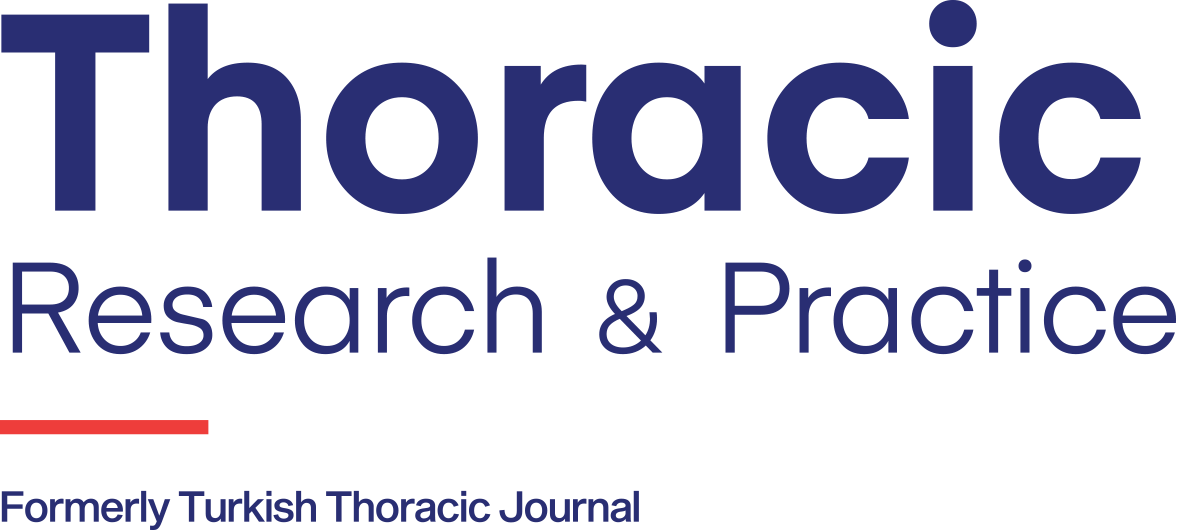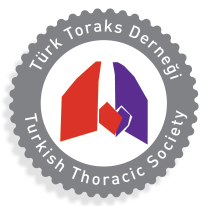Abstract
The primary aims of this study were to determine the pulmonary outcome of very low birth weight (VLBW) infants and to use interrupter resistance (Rint) measurements in testing bronchoreactivity at preschool age. The study group (n=15) was composed of preschool children who were born at less than 32 weeks gestation who were all mechanically ventilated during the newborn period. The control group (n=15) consisted of healthy children who were born at term and had not experienced any acute or chronic respiratory problems. A detailed history and physical examination were completed at the time of Rint testing. Rint measurement, reversibility to salbutamol and skin prick tests were performed. Resistance measurements made with the interrupter technique were subdivided into inspiratory (Rint insp) and expiratory (Rint exp) values. Eighty-five percent of all preschool children were able to perform Rint measurement. Median Rint insp value was significantly higher in the study group than the controls (0.74 and 0.53 Kpa.L-1 .sec, respectively). Median Rint exp values of the study group (0.64 Kpa.L-1 .sec) were not statistically significantly different than those of the control group (0.49 Kpa.L-1 .sec). Pre-/post-bronchodila- tor Rint insp values of the study group were significantly different as well (0.74 and 0.64 Kpa.L-1 .sec, respectively, p=0.01). Children born before 32 weeks of gestation had higher Rint insp values at preschool age. The interrupter technique is a noninvasive test and can be used to assess airway obstruction in young children who fail to cooperate with forced expiratory measurements.



